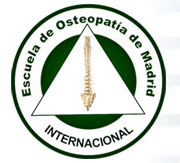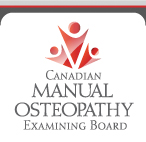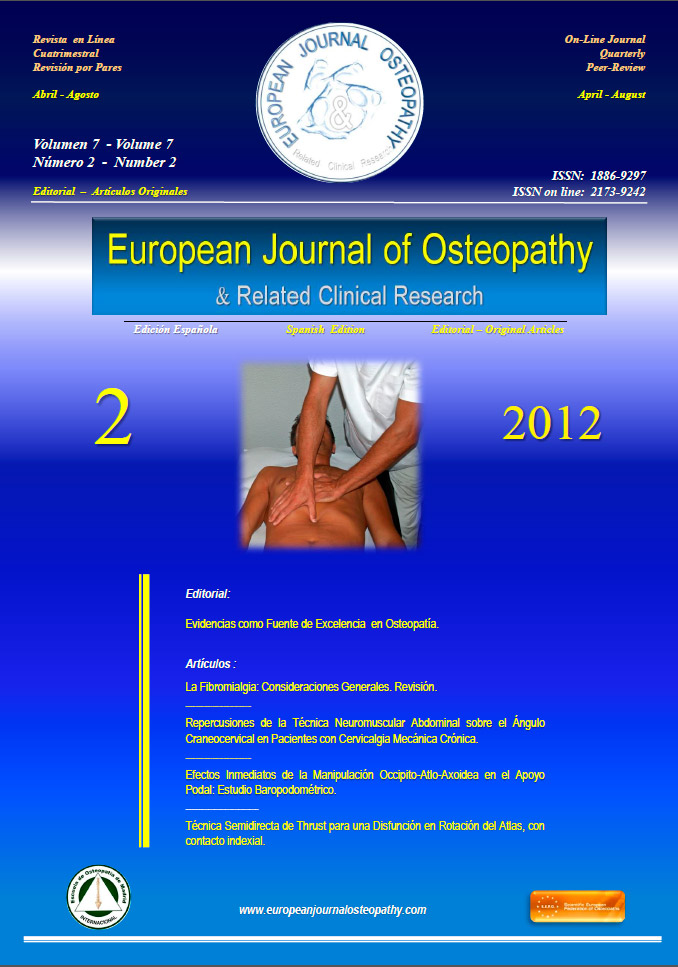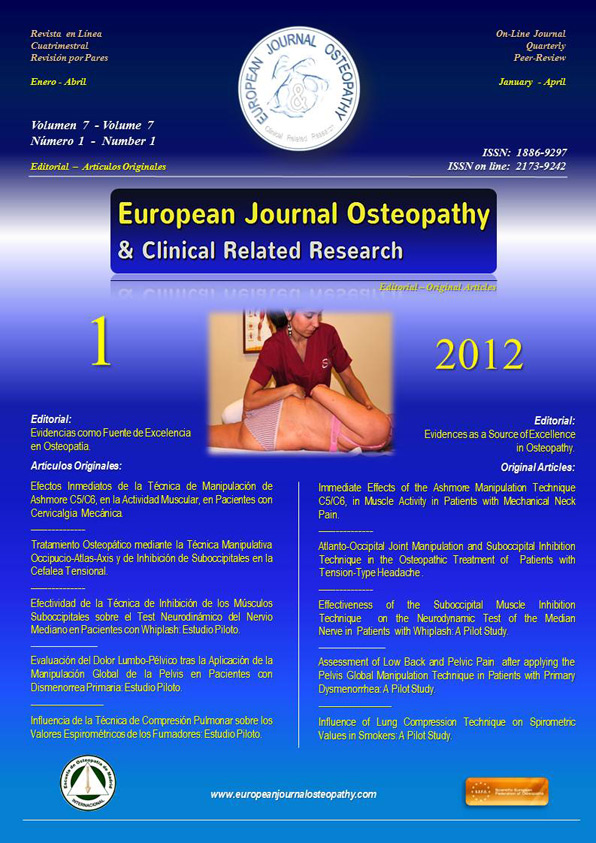BISHOP, Raymond J.
During my basic training, Sally Klemm asked me once : “Ray, how do you know when you are in the 'right place' when you are working?" My immediate answer was: "Oh, I just smell it." Although rather surprised, she mentioned another Rolfer who processed fascial reality it that way and related anecdotal reports of his experiences.
A few weeks later, I did a fifth hour it class during which my client, who had had several reproductive surgeries, emitted an overpowering odor of anesthetic. I immediately became extremely nauseous and began gagging audibly. My sense was that everyone in the room must be in a similar state of respiratory distress and was amazed to see that the other twenty-plus folks in the room including my own client were blissfully Oblivious of this violent assault. Soon I was unable to continue working. I politely' excused myself, went to that familiar sink in the Institute kitchen, collapsed into it and dry heaved. I then splashed some cold water on my face and returned to the room. I apologized to my client for the interruption and tentatively finished the session.
I have since had many similar experiences of varying intensity and have mercifully learned how to process these odors in a less dramatically purgative manner. Over time, I became extremely interested in learning, more about how others work with smells .red started collecting historical and scientific literature on this topic. This paper is a short introduction It, some of my research.
My first call was to our encyclopedic friend, Jim Oschman. He gave tine a list of excellent sources, including a pair of articles he had written on the biochemistry of touch. In the first article, I found the following passage "Massage therapists, acupuncturists, Rolfers and other somatic therapists report uncanny experiences in which vivid images flood into their consciousness as they arc working. The images may be so striking that the practitioner asks the client about them, only to discover that their client is simultaneously having a similar or identical experience.'" Although this did not exactly match my fifth hour "gag fest it felt reassuringly familiar. He went on to describe the process of how the body retains physical trauma in the tissue, which he called "storage excretion." This process "involves the trapping and storage of toxins to prevent then from entering the blood and from being carried throughout the body. These toxin, adhere to the fascial network that contains numerous electrically charged components and pockets where the toxins can be lodged. Systematic bodywork temporarily changes the state of soft tissue train a solid to a more liquid state allowing the tissue to lengthen, reshape and release toxins that may pass through the pores or be carried away by the circulatory or lymphatic system. Soon, the tissue will cool and return to its original state. This process is our controversial friend, the "gel-sol-gel" or thixotropic effect extensively discussed elsewhere.3
I then consulted the work of another important researcher on the science of bodywork, Dr. Valero Hunt. In her recent book, she offers a very different explanation of how smells are accessed and transmitted. Hunt believes that they can be carried in the energy field from other lifetimes and that the odor may be projected into the field from neural memory.4 In the same chapter, she describes a visit to the Dome of the Rock in Jerusalem where she was overcome by the smell of blood. Later, she learned that animals had been sacrificed on an ancient altar in this precise location. Hunt argues that: "All of us can perceive an Odor coming from a field, regardless of whether its source is a chemical form or a thought form. The impulse is carried to the brain, activating memory.5" This description more closely paralleled my classroom experience. I had two conceptual frameworks for my experience, which was reassuring and encouraged Me to proceed. I next examined the use of smell in various medical traditions.
The practice of smelling as a diagnostic tool dates back thousands of years and is found in both Western and Eastern medicate. In Western culture, the link between smell and disease can be traced to the time of Hippocates and Galen, who linked the smell of pestilence with disease.6" According to de Vroon, because doctors believed that odors, could reveal what was happening in the body, an extensive system of diagnosis was developed based on smelts in the urine, feces, sweat, breath and blood. He attributes the foundation of this practice to the 11th century Arabic physician, Avicenna.7
Sources I examined list in excess of 50 smells associated with many common and somewhat rare diseases. Among the most frequently mentioned are:
Typhus - Mice
Diabetes - Sugar
Plague - Mellow Apples
Measles - Freshly Plucked Feathers
Yellow Fever - Butcher Shop
Nephritis - Ammonia
Diabetes Mellitus - Acetone
Bladder Infection - Ammonia
Starvation Ketosis - Acetone
Typhoid - Freshly Baked Bread
Tuberculosis - Stale Beer8
Diabetes - Sugar
Plague - Mellow Apples
Measles - Freshly Plucked Feathers
Yellow Fever - Butcher Shop
Nephritis - Ammonia
Diabetes Mellitus - Acetone
Bladder Infection - Ammonia
Starvation Ketosis - Acetone
Typhoid - Freshly Baked Bread
Tuberculosis - Stale Beer8
Although the practice of olfactory diagnosis no longer enjoys a place of prominence in Western medicine, a surprising number of articles linking specific smells and diseases have recently appeared in mainstream American and European medical journals. Pediatricians, far instance, frequently diagnose certain metabolic disorders in infants by smells in their urine. One frequently mentioned pediatric disorder is "maple syrup urine disease."' The sickeningly sweet smell to which this disease owes its name is caused by an inherited error of amino acid production.9 Other researchers link the smell of mall or a brewery smell with the rare 'oasthouse urine disease"; a musty odor with phenylketonuria, a fishy smell with trimethalaminuria, and sweaty feet syndrome" with abnormally high levels of butyric and hexanoic acids in the body.10
Smell also plays a significant role in Oriental and Ayurvedic Medicine as is illustrated by the following: The five sense organs of hearing, sight, smell and taste o well as oral inquiry; materially contribute to a better diagnosis.... And by the sense of smell we can recognize the particular perspiration of many diseases, which has an important bearing on their identification.11 Also, practitioners of Oriental medicine who employ the live element theory scan the body seeking specific smells as an aid in diagnosis. Each of the five elements has an associated (yin and yang) organ and smell. The presence of one of these smells indicates an imbalance in the associated system.12
Element - Organs(Yin/Yang) - Smell
Wood - Liver/Gall Bladder - Goatish
Fire - Heart/Small Intestine - Burning
Earth - Spleen/Stomach - Fragrant
Metal - Lungs/Large Intestine - Rank
Water - Kidney/Bladder - Rotten
Wood - Liver/Gall Bladder - Goatish
Fire - Heart/Small Intestine - Burning
Earth - Spleen/Stomach - Fragrant
Metal - Lungs/Large Intestine - Rank
Water - Kidney/Bladder - Rotten
Kaptchuk describes two type, of body odor that are associated with disease. He admits that those smells are difficult to describe and require much experience to identify. "One odor is characterized as foul, rotten and nauseating, like the odor of rancid meat. The second is less nauseating but More pungent or fishy and may seem to hurt the nose. It is like the smell of fumes from bleach.13 I have experienced similar categories of smells, which I might describe as excremental/ fetid and hunting acidic/ureaic.
As suggested above, developing the ability it, recognize specific smell, and possible causes could prove of considerable value to our client. This information, when shared with the client or an appropriate health care professional, may facilitate a proper diagnosis end treatment. Another more esoteric benefit is that of helping our clients reconstruct end heal emotional traumas which have delectable olfactory associations. Many times in my practice, a specific smell has triggered a powerful cruel image of a past memory usually traumatic in nature). I vividly retail the smell of horning flesh when touching a client with no obvious surface burns and no history of radiation therapy (radiation causes a horrible burnt flesh smell you will never forget). The smell immediately evoked I violent scene involving the burning death of a Young boy reportedly witnessed by my client. Discussing this image with the client helped her re-experience this powerful memory which she later processed in therapy. This trauma had structural and neurological symptoms not explainable by traditional tests, including lack of feeling on one side of her body. Confronting this "demon stench" led to more dramatic structural and sensory change than any other session, but took weeks to integrate into her rigid and disoriented structure.
What once confused hurt me is now commonplace and has proved a powerful tool for connecting with and helping clients. In fact, a few clients, once sensitized to this mode of perception, begin reporting sensations, smells and tastes that parallel my own. Once this connection has been estabIished and clarified, it increases the emotional bond with the client and allows them to more fully participate in the sessions. I believe that this duct l and subtle mode of interaction provides an alternate language of the body with considerable potential for facilitating structural and affective change.
NOTES
1.Oschman, James and Nora, “Somatic Recall. Part I. Soft Tissue Memory, contained in a collection of essays, entitled Readings on the Scientific Basis of Bodywork, Vol.II, (Dover, N.H: Nature’s Own Research Association, 1995). I am deeply indebted to Dr. Oschman for his assistance during the research stage of this article.
2.Ibid., p.15.
3.Ibid., pp.15-18. See also, Juhan, Dean, Job’s Body: A Handbook for Bodywork (Barrytown, N.Y: Sation Hill Press, 1987). pp.69-70. Most of us are aware of a recent war of words on the viability of this theory in Rolf Forum and elsewhere, a contentious topic I deliberately ignore in this paper.
4.Hunt, Valerie, The Infinite Mind: The Science of Human Vibrations (Malibu, CA: Malibu Publishing, 1995), p.118.
5. Ibid., p.117. See pp.100-101 for the “Dome of the Rock” story.
6.For a brief history of smell and disease, See Le Guerer, Annick, Scent: The Essential and Mysterious Powers of Smell. Part II The Stench of Pestilance. Translated from the French by Richard Miller (New York: Kodansha, 1992) pp.39-108.
7.Vroon, Piet, Smell: The Secret Seducer (New York: Farrar, Straus, Giroux, 1997), p.7.
8.Ackerman, Diane, A Natural History of the Senses (New York; Random House, 1990, p.54). See also, Smith, Michele, Smith, leon G. & Levinson, Benjamin, “The Use of Smell in Differential Diagnosis”, The Lancet, No. 8313, Vol.II (1982): 1452-53.
9.Korein, J, Sansaricq, C, Kalmijn, M, Honig, J., Lange, B, “Maple Syrup Urine Disease: Clinical, EEG, and Plasma Amino Acid Correlations with a Theoretical Mechanism of Acute Neurotoxicity”, International Journal of Neuroscience, Vol.79, no. 1-2 (Nov., 1994): 21-45. Information based on an abstract found on the PubMed Website.
10.Cone, Thomas E.Jr., “Diagnosis and Treatment: Some Diseases, Syndromes and Conditions Associated with na Unusual Odor”, Pediatrics, Vol.41, No.5 (May 1968): 993-5; and Rice, William B; Worth, Karl S; “On Being Led by the Nose: Rapid Detection of Inborn Errors of Metabolism”, Archives of Pediatric Adolescent Medicine, Vol.148 (Aug 1994): 869-72.
11.Keele, K.D., The Evolution of Clinical Methods in Medicine (Springfield, II: Charles C. Thomas, 1963), p.9.
12.Kaptchuk, Ted J. The Web that Has No Weaver: Understanding Chinese Medicine (Chicago, II: Congdon & Weed, 1983), p.345.
13. Ibid., p.152.
Note: Na abridged and substantially different version of this article appeared under the title: “Intuitive Olfaction in Bodywork”, Choices: Complementary-Alternative Medical Association Newsletter, Vol.3, No.5 (Sept-Oct. 1999), pp.3-4.
The Ida P. Rolf Library
Go to Content








 1:05
1:05
 Daniel Enriquez de Guevara
Daniel Enriquez de Guevara




























.jpg)






















0 comentarios :
Publicar un comentario